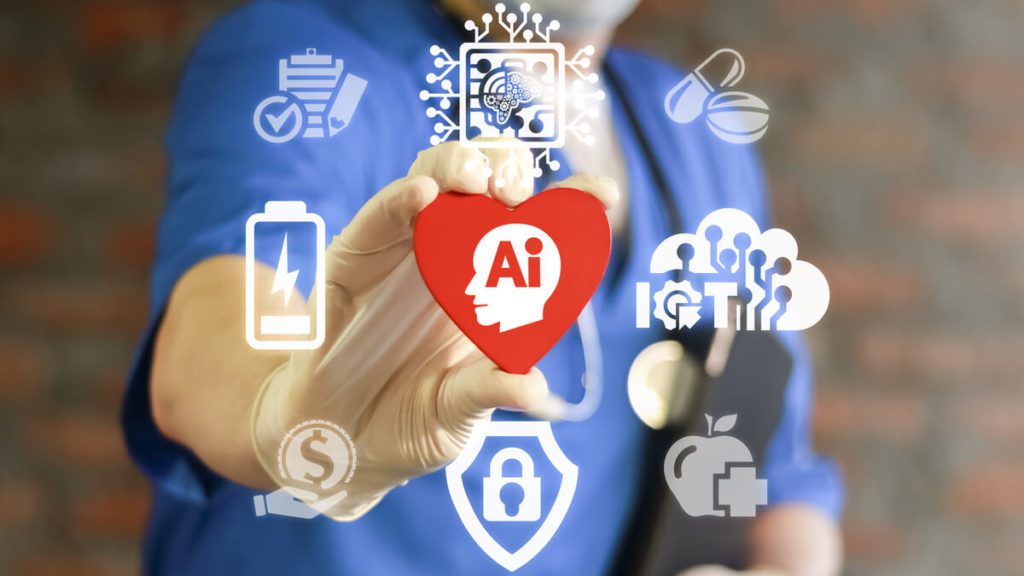
AI can help make complex problems simple, and allow humans to do more meaningful and innovative work with the smart tools at their disposal across many industries
While AI has been used in healthcare for a while now and the advancements continue, the COVID-19 pandemic has forced researchers, startups and stakeholders to push boundaries and break new ground. Here are some areas in which the adoption of Healthcare AI makes work easier for doctors, improving the quality of life for patients, and advance healthcare overall:
Research and Development
The rapid analysis of large volumes of data is what healthcare AI is all about. Data collected from hospitals, wearables, and telemedicine can be used to curb the impact of viruses such as COVID-19.
One method used to achieve this involves deep learning. Using AI to identify possible treatments derived from previously recorded data narrows down and speeds up the diagnostic process and vaccine development.
Uncovering the history of the virus, detecting patterns in its behavior and commonalities in its transmission, as well as recording and categorizing diagnostics and safety methods from previous viruses is how progress is made. Healthcare AI helps doctors and researchers get a clearer picture of all this, and predictive algorithms can help prepare hospital healthcare workers and governments preemptively.
Detection and Diagnosis
From heat sensor cameras and contract tracing applications to wearables with symptom trackers, these tools pool data into a database for predictive and rapid warning, diagnosis, and detection.
AI powered systems for rapid or even early diagnosis use data from other patients to predict if someone is infected before symptoms show, which is far more effective, as transmission often occurs in the first few weeks of infection, before symptoms arise.
Contract tracing apps can be used to trace transmission chains, and predict which areas are most likely to be hit and can contribute to early warnings that help hospitals, populations and governments prepare their resources for a possible wave of infections.
The data gathered must be categorized and organized with absolute care for maximum accuracy, but the main benefit is to make as accurate a prediction as possible.
Resource allocation, logistics, and response
Systems, already spread thinly by the magnitude of the COVID-19 virus, can benefit greatly from healthcare AI in that resource allocation can be done with more clarity and accuracy than before. Where many hospitals were sporadically made to accommodate increasingly large numbers of patients, draining healthcare systems and facilities around the world, AI can help ease the tension.
All of the aforementioned tracing apps, early diagnosis, pattern recognition and the like can be used to warn communities of a possible wave about to strike, allowing for rapid allocation of resources, facilities and equipment, which, as we’ve learned in the first few months of the pandemic, would have made all the difference.